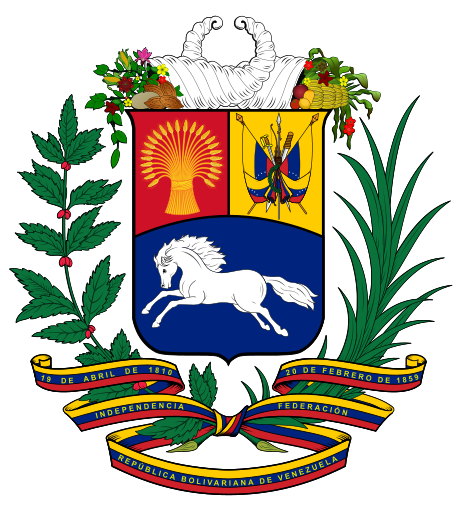 |
| Coat of Arms of Venezuela By Sigge Kotliar |
President Hugo Chavez has
nationalized the gold mining industry in Venezuela as of August 23, 2011 after he has signed a
decree. In the terms of the decree all
mining companies will have to sell the gold they extract from Venezuelan soil
to the government. This decree insures
that the government boosts the government control of all gold mining operations. Under the terms of the decree private mining companies
will be able to participate in mining operations in Venezuela Venezuela
It was revealed that over 40,000 hectares of land and over
15,000 people were freed from conditions of slavery as part of Plan Caura as part
of the Venezuelan plan to curb illegal mining.
The chief of Venezuela’s Operational Strategic Command that was formed
in 2010 when the Bolivarian Armed Forces were given the task of stopping
illegal mining in the southeastern part of Bolivar state.
A great deal of the gold found in Venezuela Brazil Guyana Surinam French
Guiana . The shield itself
consists of several distinct geological parts that can be correlated to
tectonic events that occurred in West Africa . This consists of several rock types with
gneiss, amphibolite, itabirites along with intrusive granites that are all
found in the Imataca Complex of Venezuela Venezuela
In the 1950s Venezuela Caroni
and Paragi rivers and in the area close to its border with Brazil Venezuela
The best of these projects was located at Las Cristinas in
south-eastern Venezuela

Bullion Exchanges is a reputable Precious Metals Shop located in the heart of New York City's Diamond District.
ReplyDeleteBullion Exchanges have a wide variety of products like, precious metals that range from the popular gold & silver to platinum & palladium.
Bullion Exchanges are offering a wide selection of products appealing to first time investors and the established collectors.